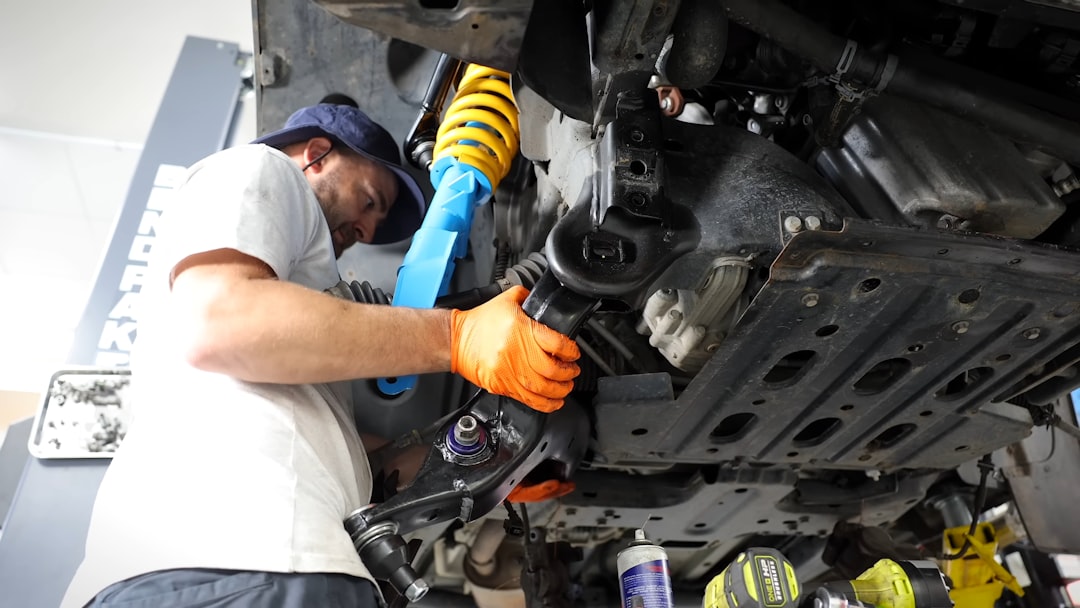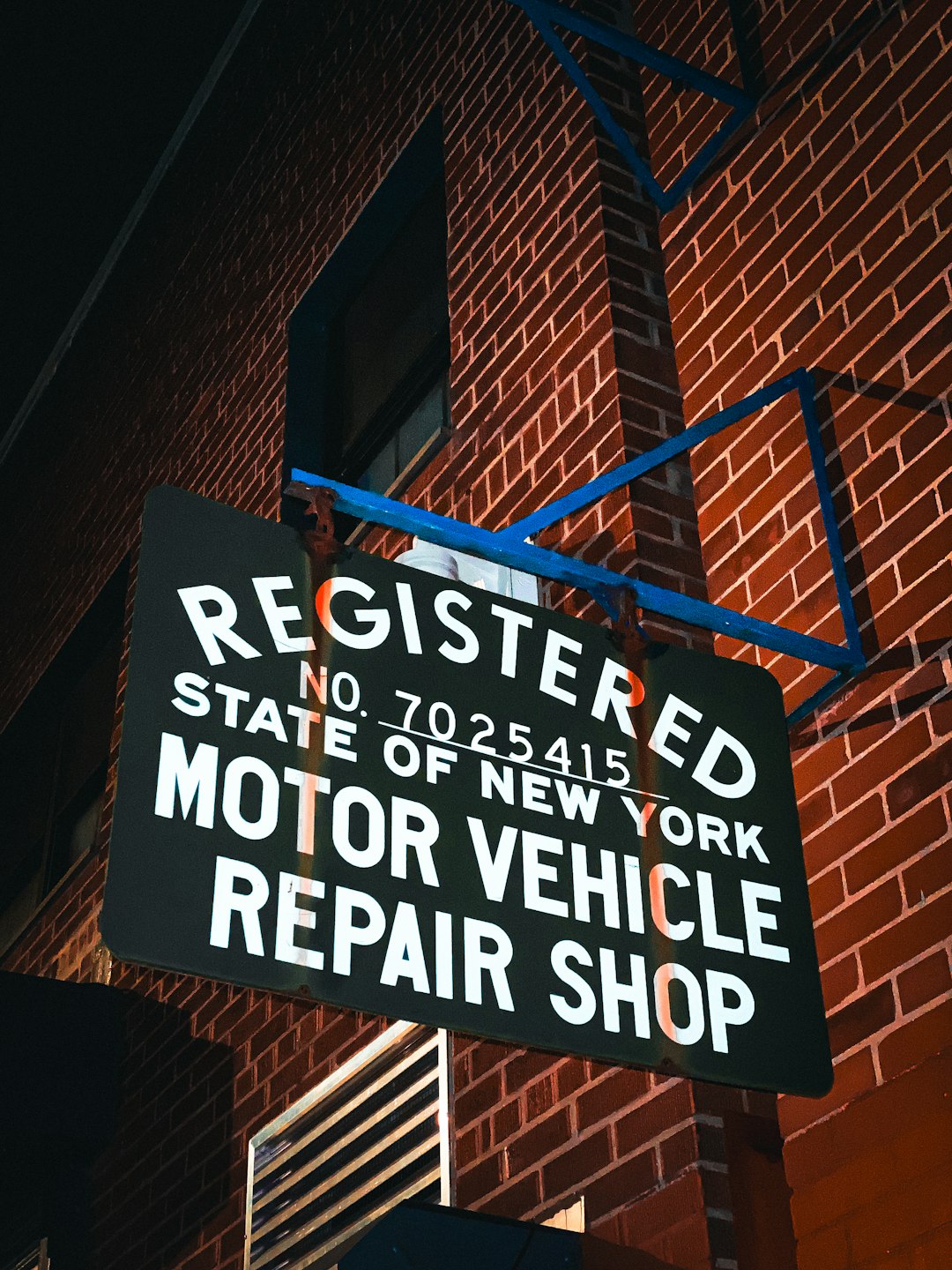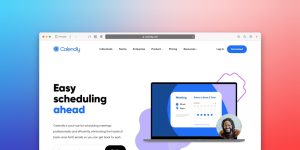
Need more local customers for your auto repair shop? You might be missing one of the simplest tools in digital marketing — localized SEO landing pages. These workhorses, often overlooked, can drive real traffic to your website and turn that traffic into paying customers.
Let’s break down how to create powerful “Service + City” landing pages that not only rank high in Google, but also bring actual results.
What is a “Service + City” Landing Page?
A “Service + City” landing page is a web page focused on one type of service in one specific location. Think:
- Brake Repair in Austin
- Oil Change in Phoenix
- Transmission Service in Miami
Each page targets a keyword using this format so that when someone in that area searches for your service, they find your shop.
Why Does It Matter?
People don’t just search for “brake repair.” They search for “brake repair near me” or “brake repair in Tucson.” Google uses local signals to help match the searcher with nearby businesses.
If your site doesn’t have localized pages, you’re handing over those potential customers to competitors who do.

What Makes These Pages Convert?
It’s not just about getting clicks. Your “Service + City” pages need to turn browsers into buyers. Let’s keep it simple. Here’s what works:
1. Clear Headline with the Search Term
Right up top, say exactly what the page is about.
“Fast and Affordable Brake Repair in Austin, TX”
This helps both Google and your potential customer know they’re in the right place.
2. A Call-to-Action (CTA)
Tell visitors what you want them to do:
- Call Now
- Schedule an Appointment
- Get a Free Quote
Stick the CTA in multiple spots — top, middle, and bottom of the page.
3. Real Local Info
Show you’re local. Mention neighborhoods, landmarks, or customer stories from that city. For example:
“Conveniently located off I-35, we’ve proudly served South Austin drivers for over 10 years.”
4. Trust Signals
This includes:
- Google reviews
- Photos of your team or shop
- Certifications (ASE Certified Technician)
- Service guarantee badges
Trust builds conversions. People want proof before they give you their keys.
5. Mobile-Friendly Layout
Most people looking for car repair are on their phone. If your page isn’t fast and easy to use on mobile—game over.

How to Build “Service + City” Pages That Convert
Now that you know what elements are needed, let’s look at how to build a page from scratch. Start with a simple template:
1. Page Title:
“Brake Repair in Denver, CO | [Your Shop Name]”
2. Meta Description:
A short summary for search engines and users: “Need brake repair in Denver? Trust [Your Shop Name] for fast, affordable service. Call now or book online!”
3. Hero Section:
- Headline: “Professional Brake Repair in Denver”
- One-line benefit: “Same-day appointments | Warranty on parts and labor”
- CTA Button: “Get a Free Estimate”
4. Service Overview:
Explain what the service includes, like brake pad replacement, rotor resurfacing, etc. Use bullet points.
5. Why Locals Trust You:
- Mention how long you’ve been in the area
- Add a customer quote or testimonial from someone local
6. Google Map Embed + Address
Let Google (and visitors) know you’re really there.
7. Phone Number + Online Booking
Make these easy to find and click on mobile!
Don’t Overstuff Keywords
Yes, we want to rank for “transmission repair in Dallas”, but don’t jam the phrase into every other sentence.
Keep the writing natural. Google is smart enough now — it values quality and usefulness more than repetition.
How Many Pages Should You Build?
It depends.
Start with your top services in your primary city. Then expand:
- Service 1 + City A
- Service 2 + City A
- Service 1 + City B
If you serve multiple towns, make a page for each service + each town.
But don’t duplicate content! Rewrite each page so it feels unique to that area.
Make It Easy with Templates
Once you create a format that works, duplicate it and swap out info:
- City name
- Photos
- Customer testimonials
- Local credits or deals
This saves time and keeps branding consistent while still keeping content unique for SEO.
Track Your Results
Use tools like:
- Google Analytics
- Google Search Console
- Call tracking numbers
See which landing pages bring in leads. Optimize or rewrite the ones that don’t. Keep improving over time — SEO rewards constant attention.
Pro Tip: Don’t Link Them All to the Homepage
Each landing page is like a salesperson working for you 24/7. So don’t send all visitors back to your homepage just to lose them again.
Include:
- Contact form or booking widget right there
- A few links to related services
- Clickable address and phone for mobile users
Bonus Features That Help
If you want to take these pages from good to great, add these:
- Before-and-after photos of cars you’ve fixed
- FAQ section answering common service questions
- “Meet the Team” section with photos and bios
These small touches build trust and keep visitors on the page longer — a good signal to Google.
Final Thoughts
Creating “Service + City” landing pages doesn’t have to be hard. With the right formula, you can build traffic, calls, and bookings — without needing a huge ad budget.
Remember:
- Keep it simple
- Write for humans, not just Google
- Keep track of what works
Your future customers are already searching. The only question is… will they find you?






